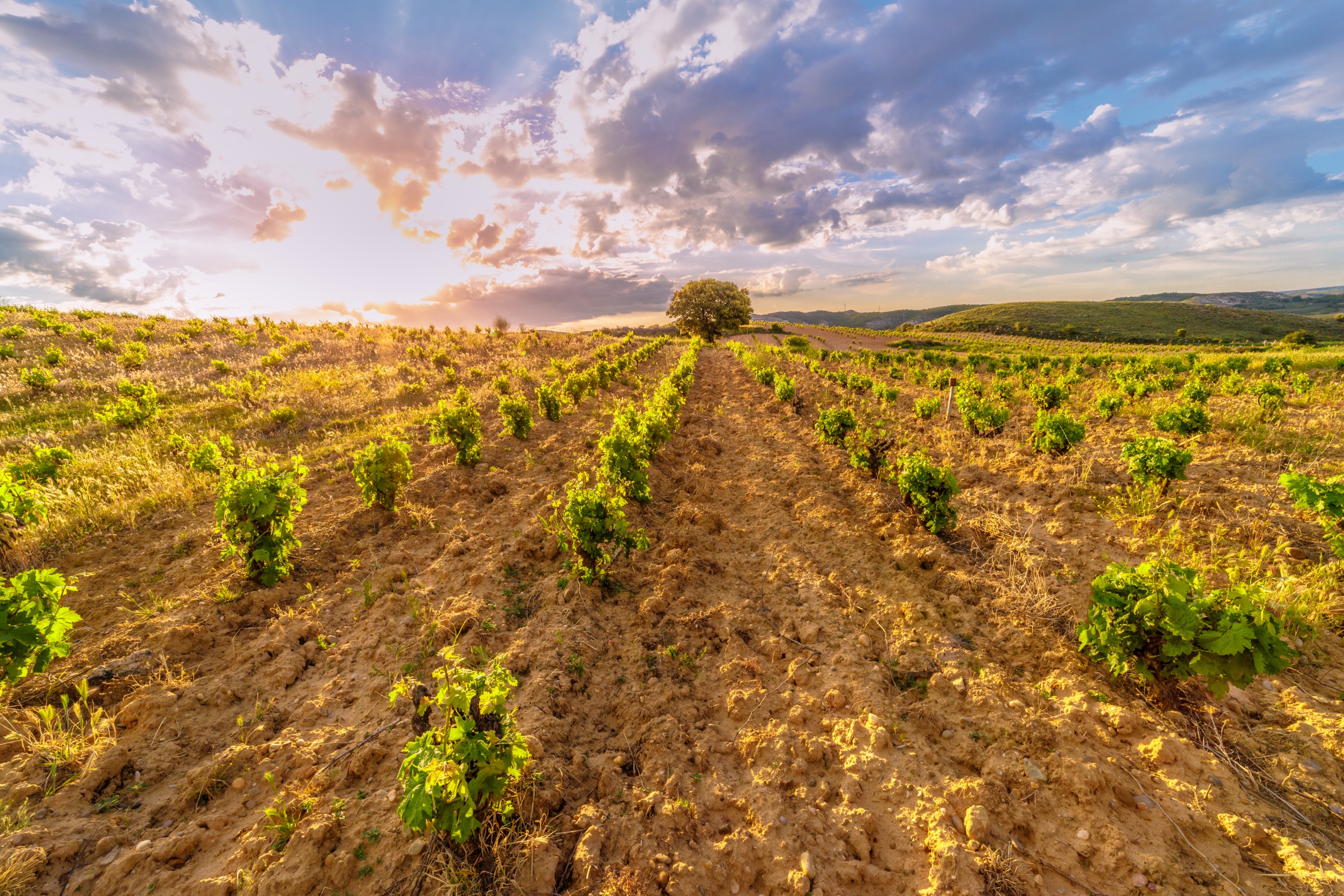ERP Phase 2, a tax-year-based certification program, is designed to provide assistance to those who suffered a revenue loss due to expenses caused by eligible crop loss (excluding grazing crops), due entirely or partly to a qualifying disaster event that occurred over the course of the 2020-2021 calendar years.
Enrollment for ERP Phase 2 opens on Jan. 23, 2023 and will continue through June 2, 2023.
Who Is Eligible for ERP?
The ERP program covers losses of crops, trees, bushes, and vines that occurred due to a qualifying natural disaster in the 2020 and 2021 calendar years. All crops which were eligible for federal crop insurance or NAP coverage, except crops intended for grazing, are eligible for coverage by ERP. Natural disaster events that qualify include wildfires, hurricanes, derechos, floods, winter storms, excessive heat, smoke exposure, excessive moisture, freezes and polar vortexes, qualifying drought, and conditions related to those listed.
For ERP eligibility, “related conditions” refers to damaging weather and adverse natural occurrences that occurred alongside or as a direct result of a specific natural disaster event. These related conditions include:
- Excessive wind as a direct result of a derecho;
- Debris or silt in water as a direct result of flooding;
- Excessive wind, storm surges, tropical storms or depressions, or tornadoes as a direct result of a hurricane, and;
- Blizzards or excessive wind occurring as a direct result of a winter storm.
Relating to droughts, ERP assistance is only available if the U.S. Drought Monitor rated the affected county as having a D2 (severe drought) for eight consecutive weeks or a D3 (extreme drought) or any higher drought intensity level.
How to Prepare
Enrollment for ERP Phase 2 opens Jan. 23, 2023 and continues through June 2, 2023. Phase 2 of this program utilizes revenue information available from many tax records. Producers are encouraged by FSA to have their tax documents and supporting materials from the past few years ready, as explained below.
- Schedule F (Form 1040); and
- Profit or Loss from Farming or adjacent tax documents from the tax years 2018, 2019, 2020, 2021, and 2022 for ERP, and calendar years 2018, 2019, and 2020 for PARP.
In order to participate in the ERP program, producers should also have the following forms on file:
- Form AD-2047, Customer Data Worksheet (if needed and applicable to the producer);
- Form CCC-902, Farm Operating Plan for individuals or legal identities;
- Form CCC-901, Member Information for Legal Entities (if applicable)); and
- Form AD-1026, Highly Erodible Land Conservation (HELC) and Wetland Conservation (WC) Certifications.
Producers who have previously participated in FSA programs will likely already have these forms on file. Anyone who is uncertain or wishes to confirm that the forms are on file can contact FSA at their local USDA Service Center.
In addition to the above listed forms, underserved producers should register their status with FSA with the use of Form CCC-860 (Socially Disadvantaged, Limited Resource, Beginning and Veteran Farmer or Rancher Certification), as some permanent and ad-hoc disaster programs can increase benefits or lower fees and premiums.
Payments
ERP Phase 2 payments are determined by the difference in gross revenue between the selected representative benchmark year(s) and the year(s) in which the qualifying disaster took place.
ERP Phase 2 program uses:
- Benchmark years: 2018, 2019
- Disaster years: 2020, 2021
To calculate allowable gross revenue, refer to the table on the ERP Phase 2 fact sheet.
Payment Limitation and Adjusted Gross Income
Payment limitation in ERP Phase 2 is directly correlated with the person’s or legal identity’s average adjusted gross farm income. This refers to income produced by activities related to farming, ranching, or forestry.
If the average adjusted gross farm income in a program year is less than 75 percent of a person or legal identity’s average AGI in the preceding three taxable years, they cannot directly or indirectly receive more than $125,000 as payment for any crops, specialty or high-value included, under any phase of ERP.
If at least 75 percent of a person or legal identity’s average AGI is a result of farming, ranching, or forestry-related activities, they can provide the required certification and documentation listed below and become eligible to receive, directly or indirectly, up to:
- $900,000 for each program year pertaining to specialty crops; and
- $250,000 for each program year for all other crops.
Tax years relevant to establish a producer’s AGI as a result of farming, ranching, and forestry-related activities are:
- For the 2020 program year: tax years 2016, 2017, and 2018;
- For the 2021 program year: tax years 2017, 2018, and 2019; and
- For the 2022 program year: tax years 2018, 2019, and 2020.
In order to request this increased payment limitation, program participants can file form FSA-510. This form must be complete with certification that their adjusted gross farm income is 75 percent or more of their average AGI, and a certification from a Licensed Certified Public Accountant (CPA) or Attorney confirming that the participant meets these requirements.
Requirement to Purchase Crop Insurance or NAP Coverage
It is mandatory for all producers who receive ERP Phase 2 payments to purchase crop insurance or, if it is not available, NAP coverage, within two available crop years as determined by the Secretary. Coverage purchased for crops must be at a 60/100 level or higher. NAP covered crops must be at a catastrophic coverage level or higher.
The recently-announced FSA Pandemic Assistance Revenue Program (PARP) is another revenue-based program.
Click here to learn more about Phase 1 and if you would like to discuss either phase in detail, Contact Allen Wine Group.

